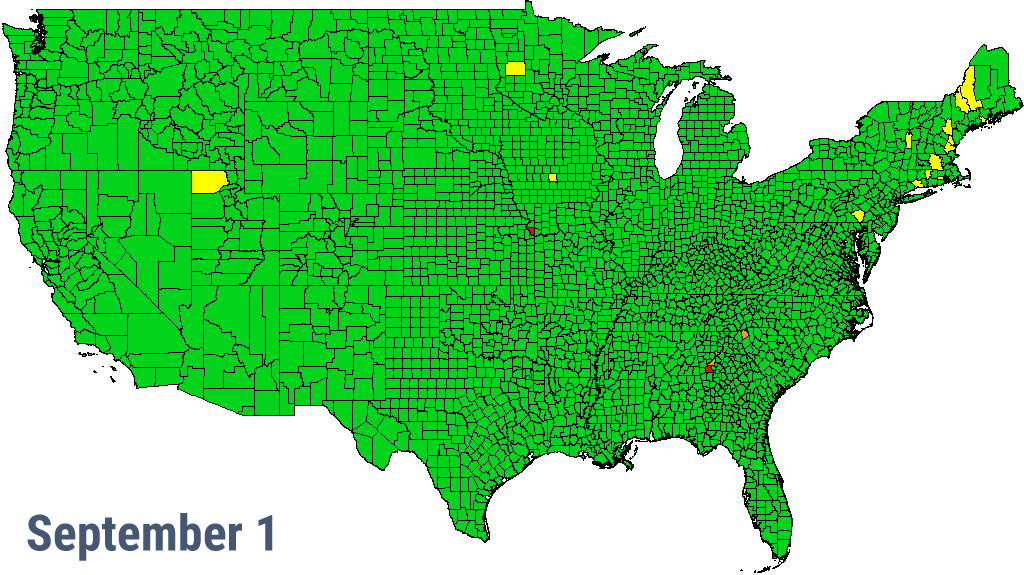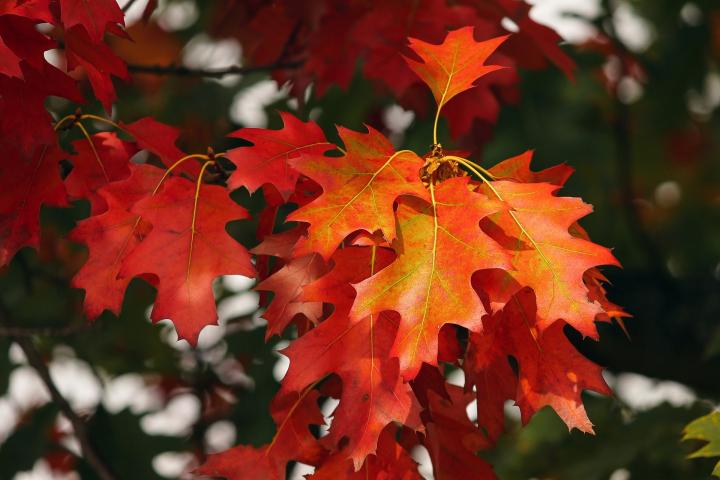
When Do the Fall Leaf Colors Change?

Fall Flowers and Foliage
Fall Vegetable Gardening
Fall Garden Cleanup
Garden Soil Preparation
Fall Nature
ADVERTISEMENT
I am looking now to see where peak foliage is or should be, and I will let everyone know at least where to look on the EAST COAST❣️
If you're in the Black Hills in South Dakota, Spearfish Canyon in late September to early October, Spearfish Canyon is absolutely spectacular. You may even see a Mountain Goat or two near the falls. The drive through the canyon even has many pull-over spots to take stunning pictures!
The yellow maple turns a butter yellow almost every year in North Jersey on Nov 4-5.it isn't gradual,and is amazing that it happens in less than 48 hours.
Thanks. I will put my location in and see how far that is for me from C-town, Md
That just sounds BUTTERY BEAUTIFUL 🧈🧈❣️
I strongly believe you should add Michigan’s Upper Peninsula. It is way too beautiful
Do not travel to the Ozarks in Missouri unless dried up brown leaves from drought appeals to your taste best?
As of the 25th of Oct, rain has reached us and soon in a few days colder weather. Winds have increased. This is
kind of typical annual weather, and with early leaf falls from drought and now windy conditions, I would venture
to say Leaves will be over after this weekend, largely so in Missouri. Another disappointing season for color enthusiast,
maybe the jet stream won't dip ? Best bets in Missouri are in and around sheltered by steep hills wooded areas, low lying
and near water Hickory Canyons, probably a mix of colors like few places ...but it too extremely dry
It just finished raining here in Southeastern Connecticut...
This Monday through Thursday October 16th through the 19th should be a great time to visit the "Quiet Corner" of Connecticut and South...
Coming in on Route 169 from Massachusetts (Southbound and off the major highway...) will take you through Sturbridge, MA, Woodstock CT, past Thompson and North Grosvenordale, into Pomfret, which will have the best Foliage for the week. If you're antiquing or an architecture buff... these will be "must stops"... If you just want foliage... keep going south and get on country Route 44 (East) to connect with historic Route 12 in Putnam.
Route 12 will take you through the small New England towns of Brooklyn, Canterbury and Lisbon. Then, continuing on rural Route 12, it will take you into Norwich, Ledyard, Gales Ferry then Groton (Where they make the Submarines...
This last leg takes you down the rural highway the runs along the east side of the Thames River and into New London.
Southern New England offers some great foliage peeking and once you are on the shore... Terrific New England Seafood...!
Worcester Mass to New London Connecticut, only takes about two and a half hours to travel on the back roads via Rts. 169, Rt. 44 and Rt. 12...
It's the best way to see the Foliage and Old New England!
Then, for your ride back North, you could head over to Rhode Island and Back North on
We just went to Acadia in Maine. I can assure you the fall foliage was underwhelming to say the least. No brilliant colors, lots of trees that had 1/2 the leaves gone and what was left was brown or drab green. Pretty disappointing for most of Maine this year due to all the rain
Brockway Mountain in Copper Harbor Michigan. Half Lake Superior and Half Trees....it is breathtaking!!
Brown County State Park in Brown County, Indiana is unbelievably beautiful in the fall.










